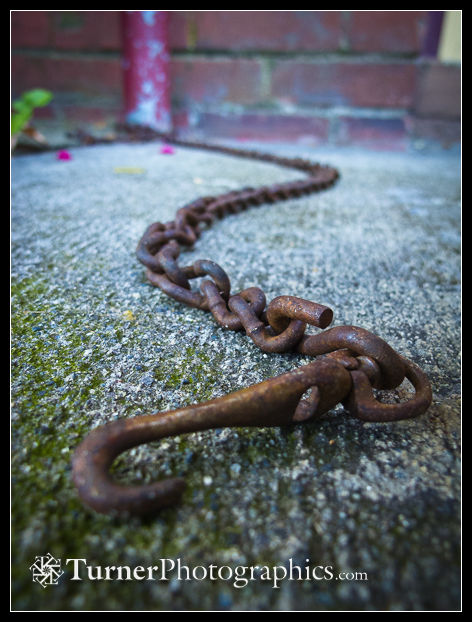Digital Photo Tip: Expand Space by Going Wide
![Tow-headed Baby, aka Western Anemone [Anemone occidentalis] seedheads with Mount Larrabee and The Pleiades on the horizon. Mt. Baker Wilderness High Pass Trail, WA. © 2015 Mark Turner Western Anemone](/wp-content/uploads/2015/08/Turner_IMG_3607.jpg)
One of the strengths of compact cameras, and even cell phone cameras, is their ability to shoot wide-angle close-ups. These little cameras focus closest at their widest zoom setting. That seems counter-intuitive but it’s the way they work. So take advantage of this by going close to your subject, but leaving some space around it to show a hint of the environment, too. It’s a great technique for wildflowers, garden flowers, and other nature-type subjects, but not so good for people because the exaggerated effect that can make your sweetie’s face look fat and her nose like Pinocchio.
![0816923 Snowpatch Buttercups [Ranunculus eschscholtzii]. Mt. Baker-Snoqualmie NF Chain Lakes Trail, WA. © Mark Turner Snowpatch Buttercups](/wp-content/uploads/2015/08/Turner_0816923.jpg)
I’ve used the wide-angle close-up technique for both individual subjects and landscapes. Let’s think about the individual subject first. Because you’re nearly filling the frame with just a few blossoms, take a little time to select as perfect a specimen as you can. Look around and make sure you’ll have a background that’s interesting and doesn’t have distracting elements in it. I often find myself laying down on the ground, sometimes getting the camera itself on the ground with the lens just inches from the subject.
![1205590 Pussypaws [Cistanthe umbellata (Calyptridium umbellatum)]. Rogue River-Siskiyou NF Bolan Lake Rd, Cave Junction, OR. © Mark Turner Pussypaws](/wp-content/uploads/2015/08/Turner_1205590.jpg)
Autofocus may or may not work for you when working this close. One trick is to put your camera into manual focus mode, focus the lens as close as it will go, and then move your camera back and forth until the lens is the right distance away for the subject to be sharp. Then fine tune your framing and press the shutter button.
![1006442 Pink Heather w/ Ragged Ridge bkgnd [Phyllodoce empetriformis]. Okanogan NF Easy Pass Tr, WA. © Mark Turner Pink Heather](/wp-content/uploads/2015/08/Turner_1006442.jpg)
Wide-angle landscapes work best with a strong foreground element. You won’t be working quite as close to your subject when shooting landscapes so focus isn’t as much of an issue and autofocus should work fine. Because you’re using a wide-angle lens almost everything will be sharp from about a foot away from your lens to the far distance if you stop down the aperture at least half way.
Much like photographing individual subjects, I often have my camera fairly low to the ground when I’m shooting wide-angle landscapes. Maybe that’s just because my foreground elements tend to be short. You can dramatically change the relationship of the foreground to the background with small camera movements, either side to side or up and down. Experiment with the position that gives you the strongest composition with the most drama.

All of the photos here were made with my pocket camera, either a Canon S70 or a Canon G12, at the wide end of their zooms. They’ve had some post production work in Adobe Lightroom to adjust tonal values and contrast but the compositions are straight from the camera.
![0906404 Davidson's Penstemon w/ Black Buttes & Deming Glacier bkgnd [Penstemon davidsonii]. Mt. Baker-Snoqualmie NF Railroad Grade, WA. © Mark Turner Deming Glacier with Penstemon](/wp-content/uploads/2015/08/Turner_0906404.jpg)

